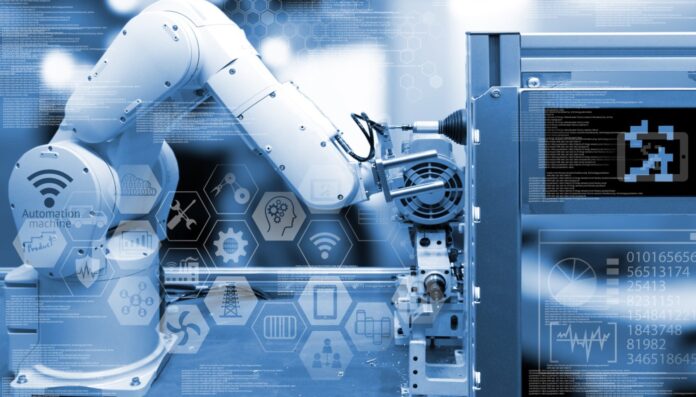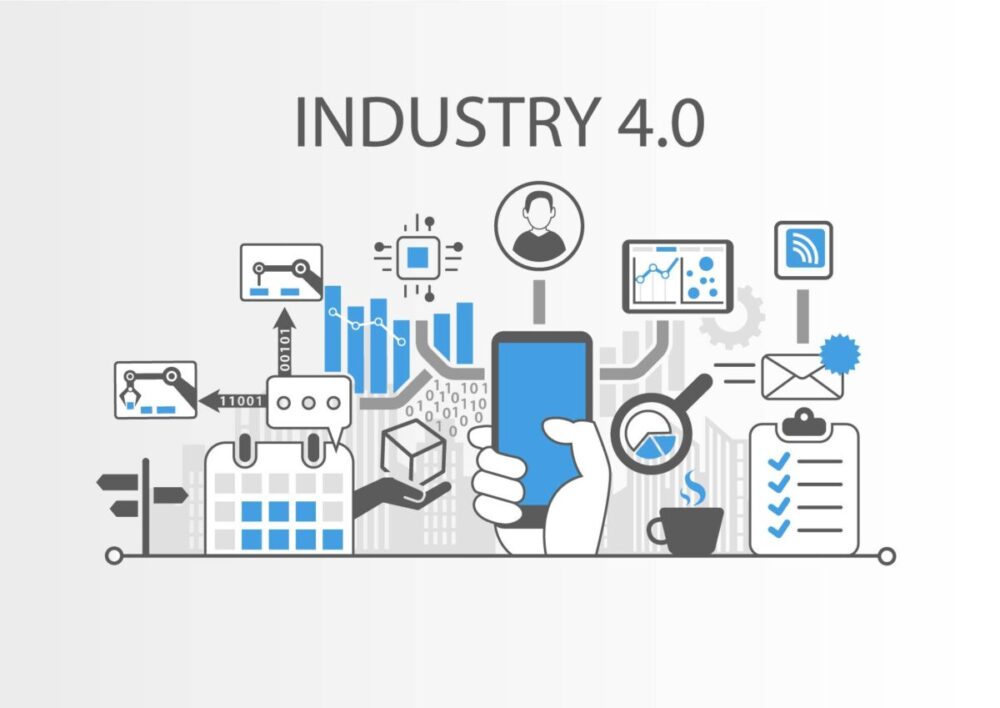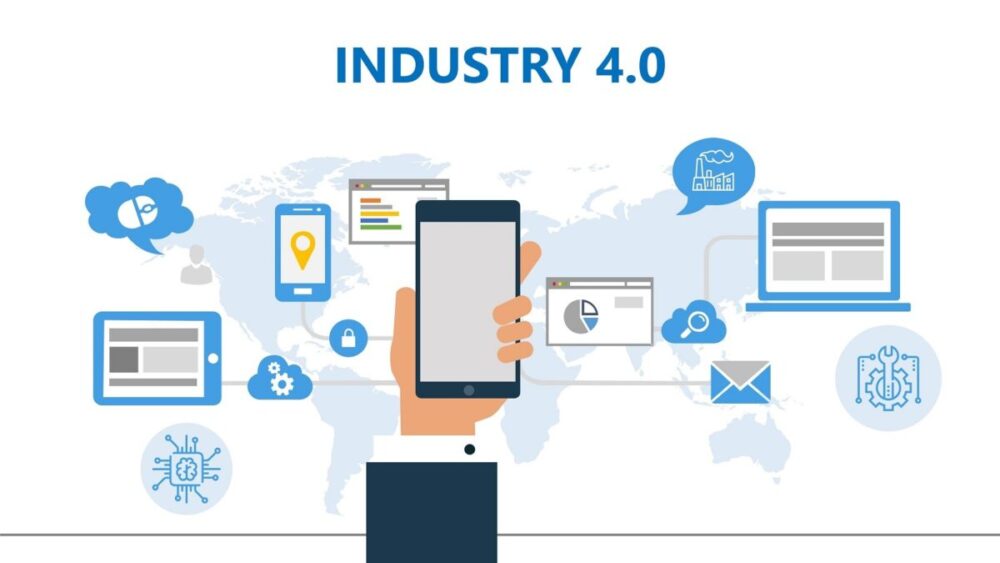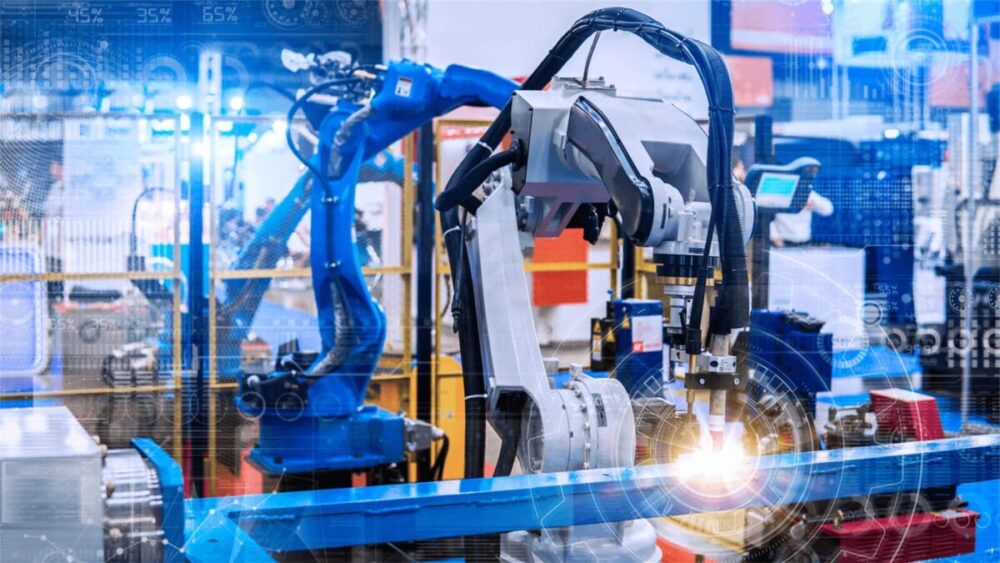
The carrying pillar of every country’s economy has always been the sector of manufacturing. The industry has been transforming through the years drastically, due to the rapid development of technology. Thanks to its advancement this sector has been able to continue being innovative.
However, manufacturers are under heavy pressure to increase process efficiency and profitability. Strict process control and more efficient maintenance cycles are two key factors, and this company is a great example of how this can be achieved.
Recent developments in Industry 4.0 technology and the Internet are facilitating major advances in various manufacturing industries. The traditional production hierarchy with centralized control is increasingly moving in the direction of decentralized self-organization, whereby the resulting product communicates independently with production devices and actively participates in the production process.
With the development of measurement technologies, digitization has become a key element of innovation. For example, many companies have switched from analog signal transmission to comprehensive digital data transmission. Thanks to this, smart measuring devices or sensors get accurate measurement results. Real-time status information about the production process is also obtained, including the status of the device or product.
Other actors on the world industrial and digital scene also paid full attention to this topic. For example, the famous World Economic Forum at its session in Davos this year called these changes the fourth industrial revolution, and the founder and head of the Forum Klaus Schwab published the book The Fourth Industrial Revolution.
Let’s explain more about what’s behind the Industry 4.0 idea

It is a new German vision of advanced industrial production, which is already partially realized today, and includes the application of modern technologies for production automation, data processing, and exchange. It could be said that Industrie 4.0 connects two until now separate, but fast-growing digital areas – robotics and e-Business.
The new value chains that are being formed within Industrie 4.0 will primarily rely on CPS (cyber-physical system Cyber-Physical-Systems, which is also another name for the Internet of Things) and its associated Internet services most often implemented in the cloud. The vision indicates what the new smart factory will look like in the future. It will modularly build and implement systems that will autonomously monitor the course of production processes and also autonomously make production decisions. Until today, there have been industrial plants or groups of machines operating under a similar autonomous automated regime, but the new smart factory is required to expand such a concept throughout the entire supply chain, which should include the entire logistics of purchasing and sales processes. In these processes, the man wants to distance himself as much as possible from direct production and control over it, so that everything can take place faster, with as few delays and problems as possible.
According to the father of the idea, six project principles have been identified on which the scenarios for the implementation of Industrie 4.0 are based:

- Interoperability – The ability to interconnect and communicate with CPS, people, and smart factories. It is an important enabler. The application of standards is crucial for the successful connection of CPS of different manufacturers;
- Virtualization – allows the CPS to monitor physical systems by connecting data obtained through sensors with virtual and simulation production models. A virtual copy of the physical world is created showing the state of the CPS within the smart factory;
- Decentralization – with increased demands for product individualization, central system management becomes difficult. Embedded computers allow CPS to make production decisions on its own within a smart factory. There is no longer a need for central planning and oversight;
- Ability to work in real-time – it is necessary to collect and process data immediately. The condition of the production area is constantly monitored and analyzed. In the event of a machine breakdown or downtime, the products are automatically redirected to others;
- Service orientation – Internet of Services (IoS) includes all participants within the production facility and most of them outside it. The enterprise service architecture is comprehensive through encapsulated web services;
- Modularity – thanks to standardized hardware and software, it is possible to flexibly adapt the smart factory to changing requirements, by replacing or expanding individual modules.

From principle designs such as this, it can be seen that the smart factory is becoming very flexible in terms of production program and support for the production of small series, and at the same time very flexible and resistant to disruptions in continuous mass production. Self-diagnosis, self-optimization, and self-configuration are normal procedures in regular work. According to the forecasts of several different institutes, such a new factory will fundamentally change the way of industrial production, and more importantly, production plants are likely to return (reshoring) from low-wage countries back to the consumption environment, which will certainly have additional effects in logistics and product distribution. These changes will also have a positive effect on employment.
It is rather interesting to witness the fourth industrial revolution beginning after a relatively short third revolution that lasted about 45 years. In some countries, the third revolution did not even have time to fully develop, yet it is already being reached and replaced by the fourth.
Knowing all of this, what can be expected to happen?

It can be assumed that the Industrie 4.0 platform will fundamentally change the way of industrial production in the world and will try to rearrange the situation on the ranking of industrial manufacturers. Problems related to the introduction of Industrie 4.0 can also be expected. The basic issue is employment and available highly skilled labor. Likewise, countries that do not get involved in time will have problems with employment and raising GDP. Technology will, as usual, evolve according to needs, but here, too, there could be social and political problems, as the direction of the industry’s return to major consumer continents (North America and Europe) could have deeper consequences. It will be interesting to follow the development of this global process.





